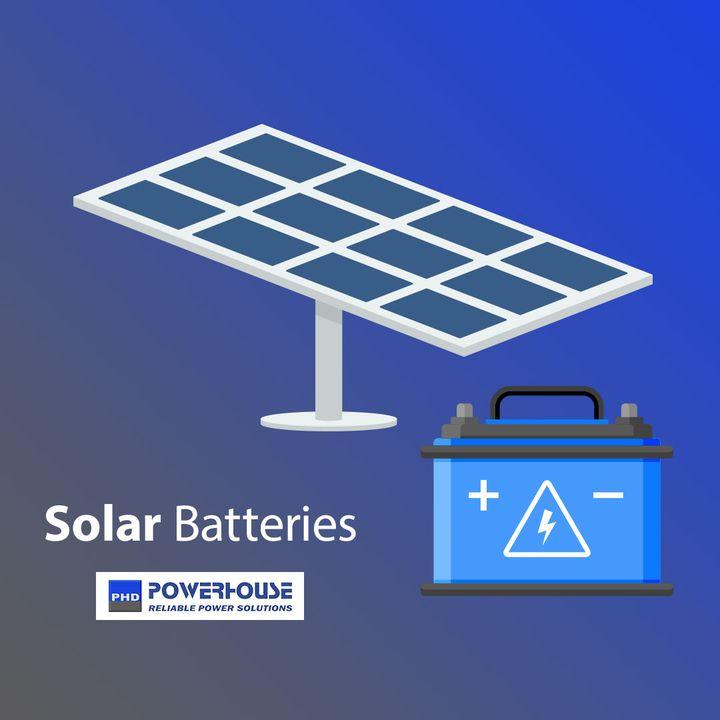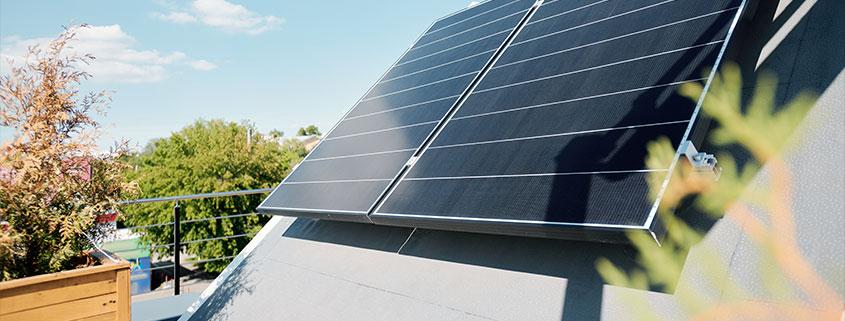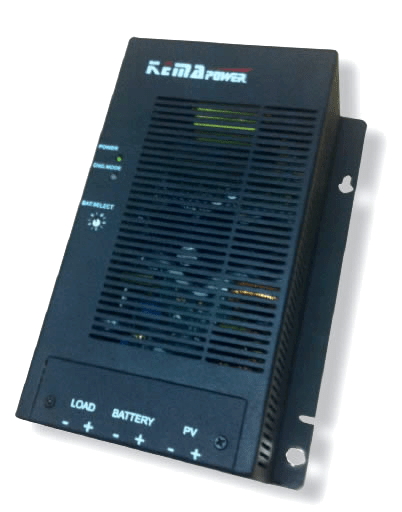Need for Solar Batteries
If you believe in all things green or have decided to go off the grid due to convenience, care and cost. Whichever way you view the situation you are going to see your need for solar batteries.
Many home owners that are planning on installing a solar panel system limit their thinking. They don’t usually concern themselves with the many choices of solar batteries that are available. But there are many home owners as well as other solar energy users who are planning on installing a solar energy system.
Most will be 100% off the grid or that at the very least, have emergency backup power. If this is the case you will most certainly need to learn a little about solar. You would also need to be able to navigate your way around solar battery systems.
When properly managed a solar electricity storage system can prove to be a reliable. Solar electricity is also an affordable method of powering your home or business.
Grid-Tie and Off-Grid Battery Systems
Did you know that there are two different kinds of solar battery storage systems? These include grid-tie with battery back-up and off-grid systems.
Off-Grid
Off-grid systems are independent of the grid. When it is dark and on cloudy days, off-grid solar homes rely on their solar batteries for power.
Peak generation of solar electricity happens around about midday with peak consumption usually happening at night when lights and appliances are turned on.
To power a home reliably; a battery bank must be able to efficiently charge in a couple of hours of intense sunlight and discharge during the night-time hours.
Solar batteries designed for this environment are referred to as deep-cycle batteries.
The most common solar deep-cycle batteries are referred to as being flooded, gelled lead-acid batteries and AGM.
These are three types of solar batteries that are able to discharge repeatedly, yet have low discharge rates.
Grid-Tied
Grid-tied systems with battery backup only use batteries when there is a power outage, but during normal operation, DC power form the solar panels is passed through a grid-tie inverter that converts it to AC power.
Always check with your supplier. Contact us today for a quotation.




